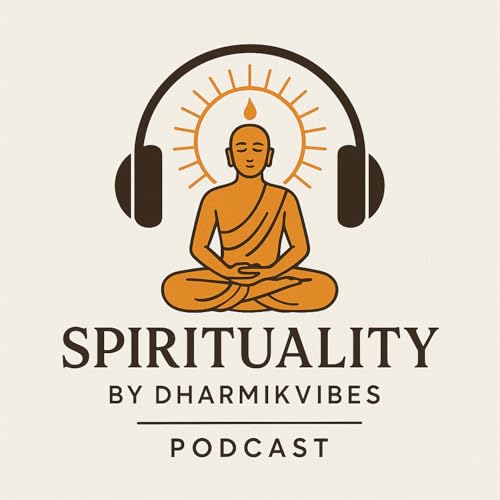Among all the festivals celebrated in India, few reflect simplicity, discipline, and devotion as deeply as Chhath Puja, the great festival of the Sun. Observed mainly in Bihar, eastern Uttar Pradesh, Jharkhand, and parts of Nepal, this ancient festival honors Surya Dev (the Sun God) and Chhathi Maiya (his sister or consort, often identified with Usha, the goddess of dawn).Chhath Puja stands apart from other Hindu festivals because it is dedicated not to idols or temples, but to natural elements - the rising and setting sun, rivers, and the life-sustaining energy of the cosmos. It is a festival of gratitude, self-purification, and balance between humanity and nature.Celebrated twice a year - once in Chaitra (March–April) and the grander version in Kartik (October–November) - Chhath follows six days after Diwali and marks the end of the festive season in Bihar.History and OriginThe origins of Chhath Puja trace back thousands of years, deeply intertwined with both mythology and early solar worship traditions of the Vedic period. The ritual of offering water to the rising and setting sun - known as Arghya - is among the oldest forms of Hindu prayer, mentioned in several ancient scriptures.According to legends, Lord Rama and Sita performed Chhath Puja after their return from exile to thank the Sun God for their wellbeing and for the strength that sustained them. Another myth links it to the Mahabharata, where Kunti, mother of Karna, performed Chhath rituals to invoke Surya Dev. Karna, being the son of the Sun God, was himself known as a devout sun-worshipper who never missed his daily offerings.Historically, Chhath is believed to predate both these epics. It may have originated as a tribal and agrarian sun festival in the fertile plains of the Ganga, where the prosperity of crops depended on sunlight, water, and the rhythm of the seasons. The rituals evolved through centuries, absorbing Vedic practices, regional customs, and local beliefs - yet maintaining their essential purity and ecological harmony.Religious and Cultural SignificanceChhath Puja holds immense spiritual significance. The Sun, as the source of all life and energy, represents divine power, health, and prosperity. Devotees observe Chhath to express gratitude to Surya for sustaining life and to seek his blessings for the wellbeing of their family, particularly children.The festival also venerates Chhathi Maiya, believed to be the goddess who protects children and ensures fertility, prosperity, and happiness in families. For women, especially mothers, the ritual holds deep emotional and spiritual importance.Chhath is also seen as a path to purification - not only of the body through fasting and abstinence, but of the mind through devotion and self-control. Every step of the ritual demands sincerity, humility, and faith. The devotee, known as the Parvaitin, must maintain absolute cleanliness, calmness, and truthfulness throughout the observance.Socially, Chhath transcends caste, class, and status. It is the festival of the common people - where every devotee, regardless of background, stands together in the river, facing the same sun, offering the same prayer.The Four Days of Chhath PujaChhath Puja is a four-day ritual that combines physical discipline with spiritual dedication. Each day has a specific meaning and process.1. Nahay-Khay (The Day of Purification)The first day marks the beginning of the observance. Devotees take a holy bath in rivers or ponds, especially the Ganga or its tributaries. The water symbolizes purification, and the devotee begins a state of sacred discipline. The house is thoroughly cleaned, and a simple, pure meal is prepared - usually rice, bottle gourd (lauki), and gram dal cooked in bronze utensils. This is the last full meal before fasting begins.2. Kharna or Lohanda (The Day of Fasting)On the second day, the devotee observes a fast that continues until sunset - without water. In the evening, after offering prayers to the setting sun, the fast is broken with gur ki kheer (rice pudding made with jaggery), roti, and fruits. The meal is offered first to Surya Dev and Chhathi Maiya, and then consumed as prasad. After this, a stricter fast begins, without food or water, lasting until the next sunrise.3. Sandhya Arghya (The Evening Offering)This is the most important day of the festival. Families and devotees gather at riverbanks, ponds, and ghats decorated with bamboo huts and sugarcane arches. The Parvaitins stand in knee-deep water at sunset, holding bamboo trays (soop) filled with offerings like thekua (a sweet made of wheat flour and jaggery), fruits, sugarcane, betel leaves, and coconut. The first Arghya (offering) is made to the setting sun, symbolizing gratitude for the life-giving light. Traditional folk songs and Chhath geet fill the air, and the atmosphere becomes one of serene devotion.4. Usha Arghya (The Morning Offering)Before dawn on the fourth day, devotees again assemble at the ghats to offer Arghya ...
続きを読む
一部表示
 17 分
17 分 17 分
17 分 13 分
13 分 15 分
15 分 13 分
13 分 14 分
14 分 2025/10/0315 分
2025/10/0315 分 12 分
12 分

